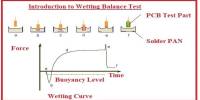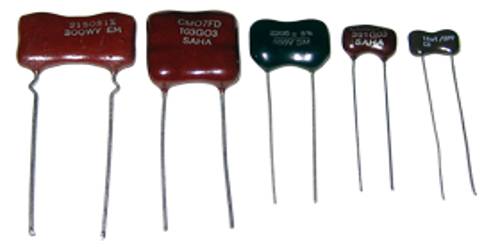An ignitron is a gas-filled tube used as a controlled rectifier that dates from the 1930s. It is a gas-filled tube that is mostly utilized as a controlled rectifier with the ability to handle large currents and voltages. Its components include a metal anode and cathode, as well as a gas-filled chamber. The gas inside is often hydrogen or a combination of hydrogen and mercury vapor. Joseph Slepian invented it while working for Westinghouse, who was the original manufacturer and controlled the trademark rights to the name “Ignitron”.
Ignitrons were utilized extensively in a variety of industrial applications, including electric power transmission, motor control, and electric welding. However, their use has fallen due to the introduction of more efficient and dependable semiconductor devices such as thyristors and insulated gate bipolar transistors (IGBTs).
Working Process
Ignitrons are similar to mercury-arc valves but differ in how the arc is ignited. They work similarly to thyratrons: a triggering pulse to the igniter electrode activates the device, allowing a large current to flow between the cathode and anode electrodes. Once turned on, the current through the anode must be decreased to zero to return the device to its nonconducting state. They are used to switch large currents in heavy industrial settings.
When a sufficient voltage is placed between the anode and cathode, the gas ionizes and forms a conducting route between the electrodes. This permits current to travel in only one way, effectively turning the ignitron into a diode. However, unlike a typical semiconductor diode, the ignitron can handle much higher currents and voltages.
Applications
These devices were widely employed in applications that required high current and voltage, such as industrial motor drives, power supplies, and electric arc furnaces. While Ignitrons have been substantially supplanted by more sophisticated semiconductor devices such as thyristors and IGBTs (Insulated Gate Bipolar Transistors), they continue to have a niche application in some high-power systems.
















